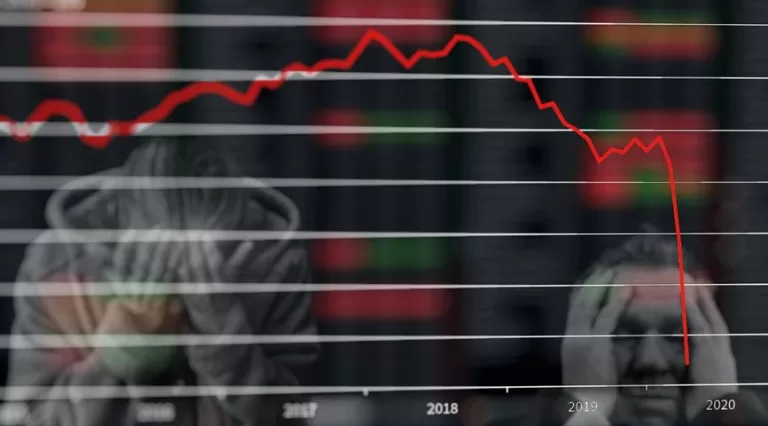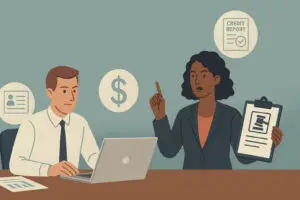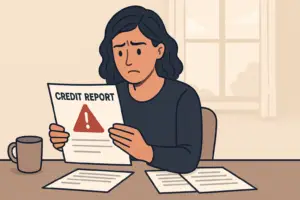As technology improves, and we transact more business online, our personal and business lives have become more efficient… most of the time. Unfortunately, identity thieves are also finding more creative ways to steal personal information and profit from identity theft scams that victimize innocent consumers.
Here are some startling statistics and examples of identity fraud you might encounter in the coming year. By recognizing the three most common identity theft scams, you may avoid becoming a victim.
**IMPORTANT** If you have already been scammed, be sure to review this 17-step Identity theft checklist to minimize your losses and contact an identity theft lawyer to protect your legal rights.
Quick Numbers About Identity Theft Scams
For as long as we’ve had the internet, criminals have been devising ways to steal users’ information and money. According to Federal Trade Commission (FTC) data included in the Consumer Sentinel Network Reports, identity theft was following a level trajectory for many years. The FTC received between 200,000 and 300,000 identity theft reports most years until 2018 when the number of reported cases rose to 444,344.
In only two years, the number of reported identity theft scam cases jumped to almost 1.4 million cases in 2020. Keep in mind these statistics only include reported cases. Since not all cases are reported to the FTC, the full number of identity theft victims is probably higher.
What Are the Top 3 Identity Theft Scams?
In 2020, most identity theft victims fell into three categories:
- Government document and benefits theft – 406,375 reported
- Credit card theft – 393,207 reported, and
- Loan or lease fraud – 204,967 reported.
Since more than a million consumers reported these three types of fraud, we need to understand how to avoid identity theft scams when facing these situations. Let’s look at each type of fraud and how to know when your identity has been stolen.
1. Government Document or Benefits Fraud
According to the FTC consumer fraud report, only 23,213 people reported identity theft involving government benefits in 2019. However, this number skyrocketed to 406,375 in 2020. The most important government information that criminals want to steal includes social security, drivers’ license, and passport data.
With your stolen social security number, a criminal can open new bank and credit card accounts, apply for personal or business loans, claim unemployment benefits based on your work record, file bogus tax returns, and apply for social security benefits you have earned.
In recent months, identity thieves began applying for pandemic-related government benefits such as Paycheck Protection Program (PPP) funds using stolen information. The scammers are taking advantage of the vast number of applications from people in need and the overwhelmed government offices trying to process requests as quickly as possible.
How to Detect Government Document or Benefits Fraud
You may not realize that someone has stolen your information until you file your taxes, start a new job, or apply for government benefits. This type of fraud may not appear on a credit report like a past-due loan or credit card statement balance would.
If someone physically stole your social security card, driver’s license, or passport, or you simply lost these documents, notify the appropriate government agency immediately and replace the card(s) as soon as possible. Go to this US government site for more information about replacing vital documents.
2. Credit Card Fraud
The number of credit card fraud reports in 2020 rose 44% from 2019. Usually, a criminal uses your personal information to buy something or take a cash advance from your existing credit or debit account. However, once they have your information, thieves may also use your account numbers and PINs to transfer funds or open a new account without your knowledge.
Criminals can steal your credit card information in many ways including:
- Physical theft: stealing a credit card off a restaurant table, taking a new card from your mailbox, or stealing your entire wallet or purse.
- Account Hacking: by contacting your credit card company using your information to change your PIN, password, mailing address, or other security information to block your access.
- Cloning cards: with skimmers placed on ATMs, gas pumps, or retail sales terminals.
- Online purchases: where the thief doesn’t physically have your credit card, but they have your name, account number, and the security code on the back of the card.
- Security breaches: when retailers and other companies with large credit card number databases are hacked, and your information is disclosed.
How to Detect Credit Card Identity Theft
Be sure to check your credit card account statements often, at least monthly, and immediately dispute any unknown charges. Also, review your three credit reports at least annually. You can request free copies from all three major credit reporting agencies once a year on this website, AnnualCreditReport.com.
Look for any unusual credit requests such as new credit applications, loans, or credit card accounts that you didn’t apply for. If you find a discrepancy, immediately notify the creditor in question and the credit reporting agency. Be sure to include all important details when you dispute unauthorized transactions.
3. Loan or Lease Fraud
In this scenario, the identity thief uses your personal information to take out a payday loan or apply for a mortgage, car loan, or vehicle lease. Criminals may apply for payday loans (often called Quick Cash) using your social security number or banking details. When the loan is not repaid on time, the loan company will expect you to pay the amount due usually including exorbitant interest charges.
Criminals may also use your identity to lease real estate but never pay the monthly rent and disappear once they are caught. This happened to one of our clients recently. You can read the story about how he was sued for non-payment of rent in an apartment he never occupied.
How to Detect Loan or Lease Fraud
Most often, victims of identity theft loan fraud don’t know there is a problem until they receive a collection letter claiming they owe money on a loan they never applied for. The best way to monitor whether any fraudulent loans exist in your name is to review your credit report regularly.
If you receive a collection notice related to a fraudulent loan, contact the named creditor immediately and explain that you are an identity theft victim. Also, contact the credit reporting agencies and ask them to flag that debt as fraudulent.
Don’t Face Identity Theft Scams on Your Own
We have only touched on three forms of identity theft in this article. Unscrupulous criminals are constantly devising new ways to steal personal information and hard-earned money from innocent consumers
Millions of Americans are victims of identity theft scams every year and many struggle without the help of an identity theft lawyer. Clearing your credit history, your financial situation, and your personal reputation can take months or years. Uncooperative creditors and reporting agencies may not believe your fraud claim, won’t take the time to investigate, or simply don’t follow the law.
The tenacious team of identity theft lawyers at Schlanger Law Group understands. We are proud to help clear our clients’ credit histories and recover the funds they rightfully deserve. If you are struggling with identity theft, call us at (212) 500-6114 or fill out this simple contact form to schedule a free, no-obligation case consultation today.







